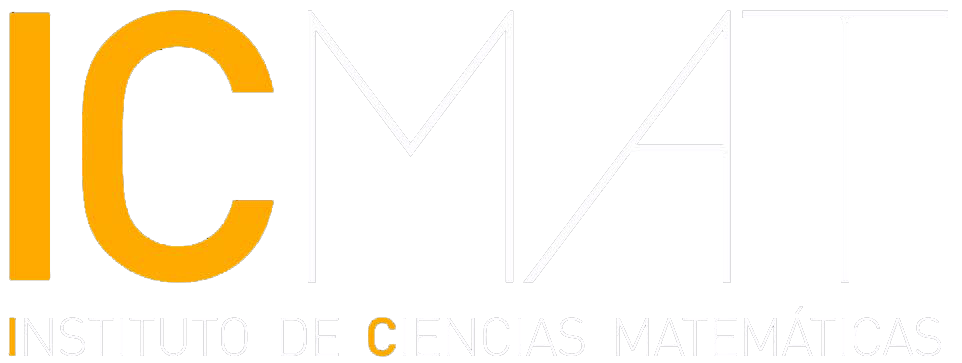
Intervención suprematista de Fernando Chamizo (ICMAT-UAM) en “La noche estrellada” de Van Gogh, imagen que aparece en el monográfico
La editorial Birkhäuser Cham publica Suprematism in Harmonic Analysis, la primera monografía que firma Antonio Córdoba, catedrático emérito de la Universidad Autónoma de Madrid (UAM) y miembro del ICMAT. El texto, ganador del Premio Internacional de Investigación Matemática Ferran Sunyer i Balaguer 2024, explora temas avanzados del análisis armónico, abordando tanto problemas clásicos como contemporáneos. También se presentan diversas conexiones con la teoría de números, la cristalografía o la teoría atómica.
A continuación, compartimos (en inglés, idioma original del libro) un fragmento de su Prefacio, por cortesía del autor y la editorial:
On a certain occasion, I attended a talk where the speaker wrote on the blackboard the sentence “analyst = hunter”, which he explained in the following terms: “An analyst, like a hunter, expends most of his time at headquarters improving his tools. Sometimes he goes out hunting, but quickly comes back home and continue sharpening his knives”.
Age is not a particularly interesting subject, but usually helps to acquire a certain perspective. As a graduate student at the University of Chicago in the early seventies of the past century, I was a privileged witness of the successful impact that the singular integrals theory developed by the school of Alberto Calderón and Antoni Zygmund had over linear partial differential equations, solving and throwing new light over basic questions like uniqueness for the Cauchy problem of hyperbolic equations; elliptic boundary value problems; characterization of local solvability or the index theorem, etc. Following the indications of my thesis advisor, I got acquainted with the original sources, namely the publications of Calderón–Zygmund, Kohn–Nirenberg, Beals–Fefferman, Atiyah–Singer, and many others, which led me to organize the material in a graduate course delivered at the Universidad Complutense of Madrid in the late seventies, and whose lecture notes were published there under the title “Pseudodifferential operators and applications”. Developing the theory of pseudodifferential and Fourier integral operators, and hunting their applications to linear PDEs was, during those years, the main stream of activity in Fourier analysis. That activity originated also the publication of surveys and monographs, which culminated in the opus monumentalis of Lars Hörmander which, I think, closed the subject for several decades.
The mainstream changed direction paying now attention to non-linear problems. The seminal work of E. de Giorgi and J. Nash of the late fifties was a kind of Rosetta stone allowing the understanding of elliptic and parabolic non-linear equations, like the one satisfied by minimal surfaces, and opening ways to treat free boundary problems and phase transitions, where the theory of singular integrals was again extremely useful. Then we have also the contributions of J. Leray, and many others, to the equations of fluid mechanics and here, once more, the tools sharpened by Fourier analysts became crucial.
Roughly speaking, we may consider them to be the main hunting areas of harmonic analysts during those years. There were, however, other fields of important activity, like the rigorous mathematical foundation of quantum mechanics by J. von Neumann and H. Weyl, or the outstanding contribution of Hardy–Littlewood–Ramanujan to number theory. But there, and specially in number theory, as H. Iwaniec pointed out, the nature of the kernels involved in the needed estimates deviated from the Calderón–Zygmund paradigm.
Together with several of my distinguished collaborators, I have worked and published articles in those mainstream areas. But I have been interested also in other questions of a more collateral character, such as the mentioned Zygmund’s conjecture about differentiation of integrals; Kakeya sets and Bochner–Riesz summability; generalized Poisson summation formulas; or the fractal dimension of Riemann’s graphs.
This book is mainly about those collateral subjects, and has its origin in a graduate course given at the Universidad de Murcia during the winter quarter of 2020. The Covid pandemic did not allow the continuation of that course in subsequent years, but although I still do not understand well my reasons to complete the notes, I have tried to present in an orderly manner my thoughts of many years, with the pretension, perhaps exaggerated, that some readers may find inspiration for future research.
